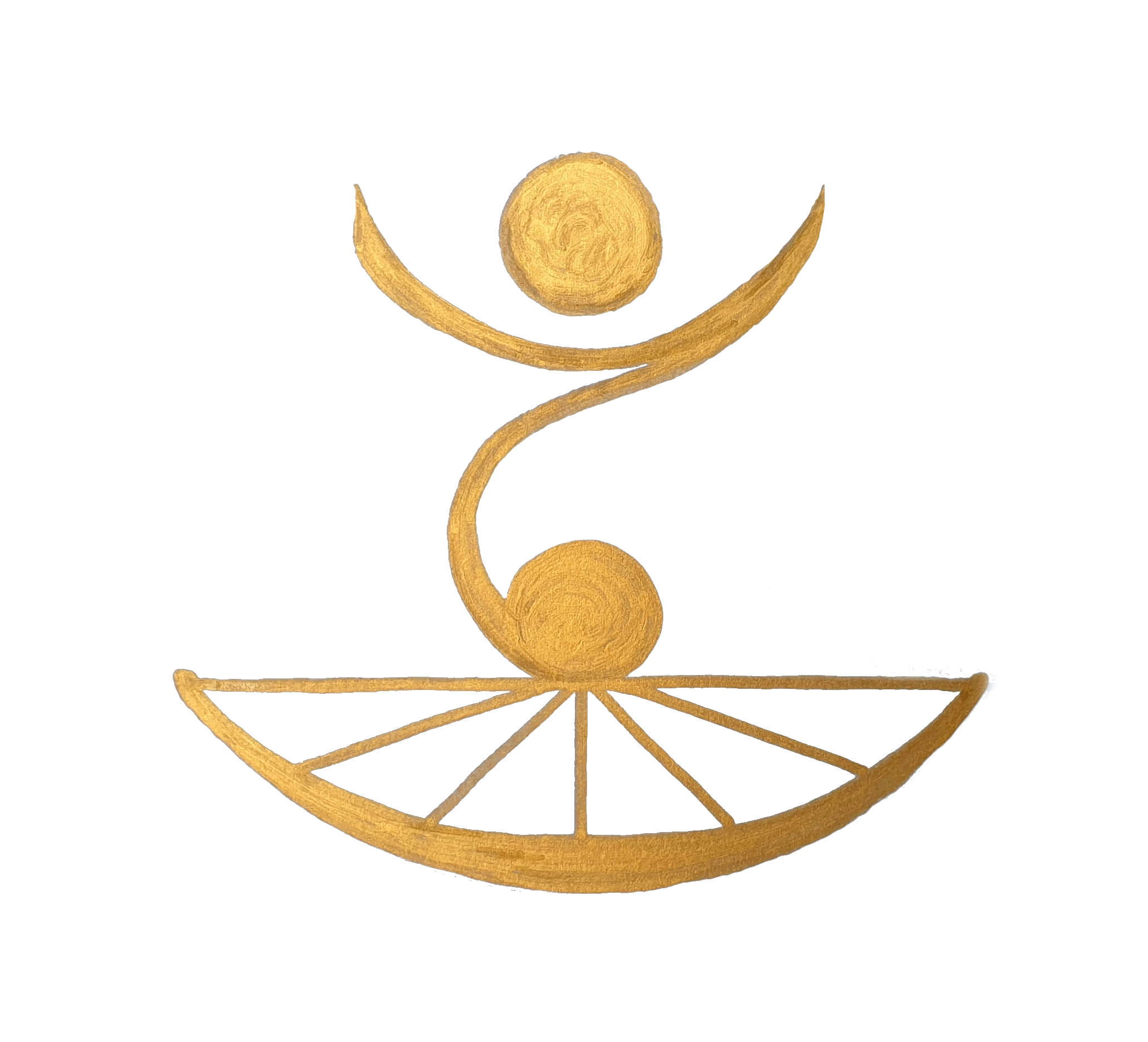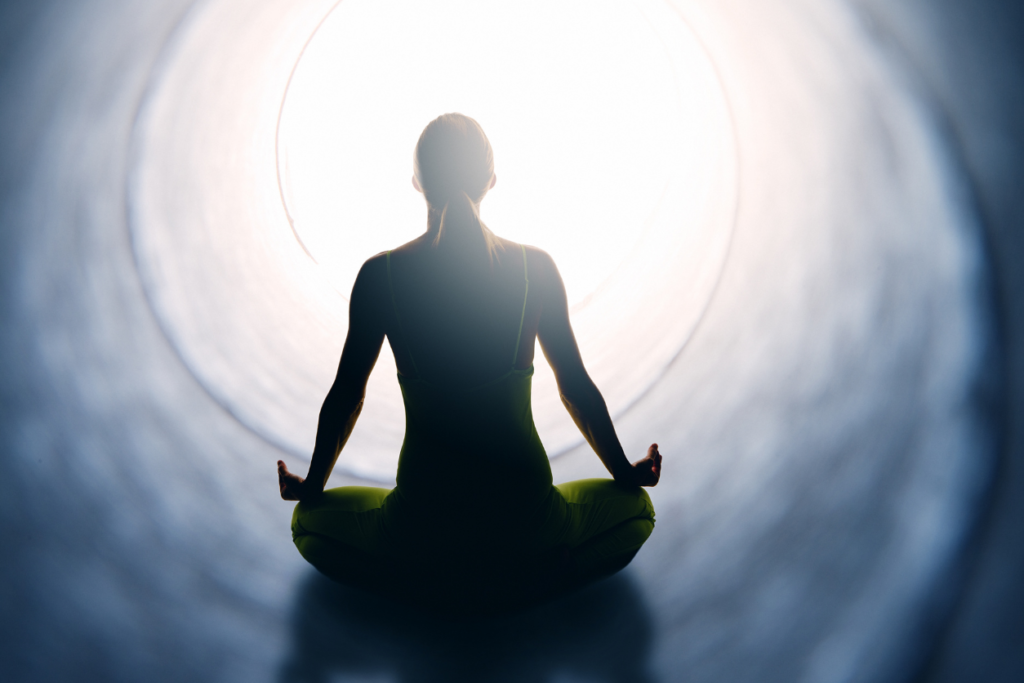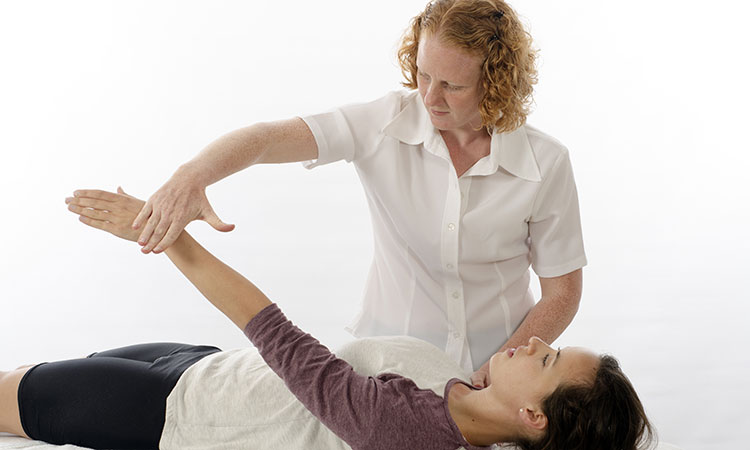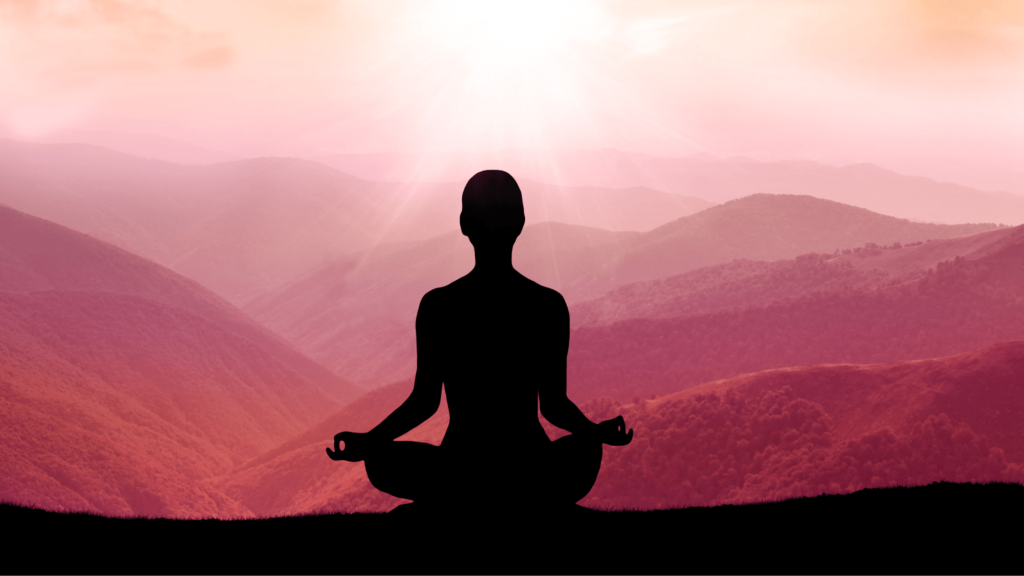What Would Practicing for the Right Reasons Look Like? by Barry Magid
Not that long ago a young fellow named Matt Bieber interviewed me for Buddhism’s
author page or whatever and it’s an interview that’s posted on Huffington’s Post if you’re
interested. After talking to me for a while he titled this interview, “Everybody Meditates
for the Wrong Reason.” And I guess he was focusing on the idea of secret practices from
my book Ending the Pursuit of Happiness. But I don’t think he really got around to talking
about what we mean to practice for the right reasons, and that turns out to be a
somewhat more difficult question to try to articulate what is right effort, what are the
right reasons to practice. Learn more about Energy Healing, Muscle Testing & Mental Clarity.
In Zen it’s almost as if the notion of reasons and practice are antithetical to one another,
like the old question of why did Bodhidharma come from the West? One old Master said,
if there was any reason at all, he might as well have stayed at home. The dilemma
is that we all have reasons for practicing but we’re entangled in them, and the
entanglements themselves become part of how we suffer. We all in one way or another
say we practice to relieve suffering and yet our solutions become part of the problem.
There’s an old story in T. C. Boyles’ first book, the name escapes me, but it’s one of
these comic stories of an ecological fix gone awry: an island was overrun with rats, so
they imported snakes which go wild, and they import mongooses which go wild, and
they import cats, and so forth and so on. It just ramifies in all these different directions.
It’s really a comic tour de force. The point is that our minds are usually like ecologies that
run amok, where our solutions far out-strip the original problems that set them in motion.
We see that in a thousand kinds of ways. Somebody who is nervous around people,
isolates themselves, but the isolation makes them lonely so they start to drink, and so
forth and so on. We’re caught in a cascade of avoidances and solutions and the side
effects of our solutions, and what we do to relieve the side effects of the side effects.
It’s literally endless.
So in practice, what we do in a room like this, in a certain sense, is nothing at all. We
leave everything alone. We create a structure in which we can gradually back up the
whole sequence of solutions that have run amok in our minds, and it’s a practice of
literally sitting still and making being physically still a paradigm for being still with
whatever thing in our mind we’ve come here to avoid and get rid of, whether that’s a
feeling like anxiety or racing thoughts or particular thoughts that we don’t know what to
do with. Most of our life is spent trying to fix and improve or escape and meditation is
very literally a matter of sitting still with the things we would otherwise avoid.
Joko always emphasized that kind of non-avoidance as the core of practice, and yet when
we talk about practice that way it tends to have a kind of negative connotation and it’s
hard to aspire to that. It’s more of an undoing than a doing. We can say that a different
level of motivation for practice gradually emerges when all those other reasons to practice
begin to die down, but we have to go through a long process of subtraction, clearing the
ground, so to speak, before anything else is going to have room there. I try to describe
something about the space that is revealed when all those secret practices come to a halt
in the title of the book, Nothing is Hidden. There’s something of a description of where we
can find ourselves when we stop fixing and avoiding, where in fact the empty space that
is left is not empty but actually is our life itself that contains everything that we thought
was missing.
Joko always said that it takes people a long time to find out what practice really is, and
once they do, they quit because we see that what practice really is is giving up on these
secret practices and staying with what our minds are actually like. She basically thought
that the majority of people, if you expose one secret practice, will simply go across the
street to a different teacher that promises them a different one, and I think there’s a fair
amount of truth to that.
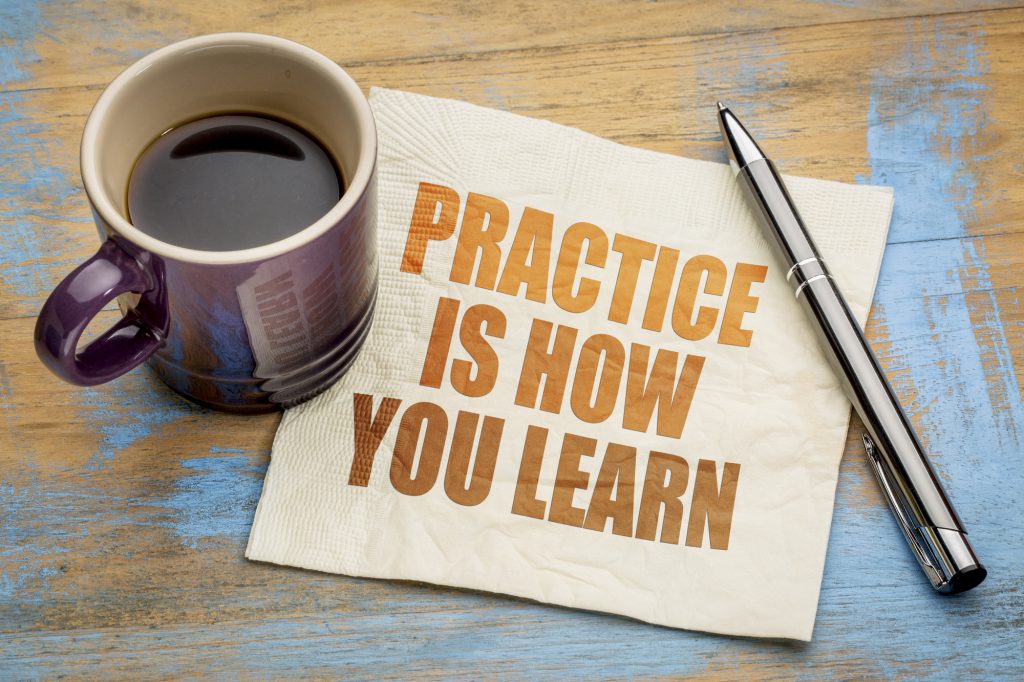
Well, we’ve been here a while now, we’re coming up to twenty years soon, not that many
people are around from the beginning. It’s amazing I am. There’s a way in which what
we’re trying to do is see what it means to actually articulate a sustainable practice that’s
other than just exposing everybody’s wrong reason for practicing. After a certain point
you’d like to settle into some sense with the long-time practitioners of what’s it actually
about, now that we’ve figured out what it’s not about.
One of the ways I try to articulate that is with one of the verses from our meal chant:
“Let us appreciate our life together.” Very fundamentally this is a practice of
appreciation. With the aid of form, that is about treating each moment just as it is, as if it
were it. As if this were our life. Not as if it were a step toward something else, not as if it’s
a means toward an end, maybe it’s not working so well today, maybe tomorrow we’ll get
it right. Not as any kind of step toward something else, but treating each moment of our
life as if we’ve already arrived. At the end of practice that’s the good news and the bad
news. This is it! Which way do you want to see it?
Now I don’t know if there’s a way to make an effort to appreciate something. People can
do some mindfulness exercises of attention, try to concentrate on things, but in a way it’s
like being taken to a fancy restaurant and being told to really appreciate what you’re
eating. You either put it in your mouth and you either love it or you don’t. If you really
enjoy it, nobody tells you you have to make a bigger effort to enjoy it more. It
spontaneously draws that out of you.
